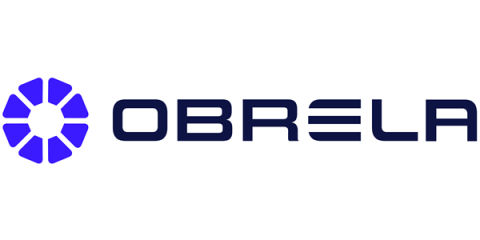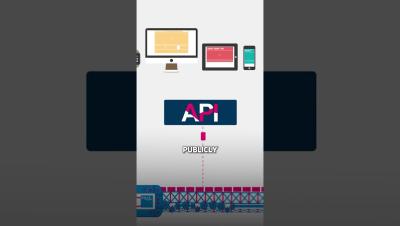Security | Threat Detection | Cyberattacks | DevSecOps | Compliance
%term
Navigating the Risks of TCP 445: Strategies for Secure Network Communication
In the intricate matrix of network communications, TCP port 445 stands as a crucial node, facilitating the swift and efficient exchange of resources like files and printer services between computers on the same network. Yet, its significance as a channel for Server Message Block (SMB) communication within Windows operating systems also marks it as a vulnerable target for cyber threats.
Securing Port 139: Strategies to Prevent Unauthorized Access and Cyber Threats
In the realm of network security, safeguarding communication ports is a fundamental aspect of protecting a network’s integrity and confidentiality. Port 139, primarily used by the Server Message Block (SMB) protocol for file sharing in Windows networks, stands out as a critical point of vulnerability when not properly secured. This port facilitates network communications, allowing computers to share files, printers, and serial ports over a network.
Enhance B2B Operations for Shopify: Streamlined Solutions for Wholesalers and Employees
Discover how our Wholesaler Management application for Shopify enhances B2B operations by streamlining bulk order management, automating workflows, and providing transparent pricing.
What is GRC in Cyber Security? Why is it Important?
Governance, Risk Management, and Compliance (GRC) in cybersecurity is a framework that is designed to help organizations align their security efforts with business objectives while also managing risks and adhering to legal and regulatory requirements. To implement GRC in Cyber security effectively, it is important to understand the purpose of each element and the part each has to play in improving an organization’s security posture.
TrustCloud Product Updates: October 2024
Our October updates are here, bringing enhancements that help you achieve more. Join us as we explore the latest features designed to unlock new opportunities for growth this season.
Key Indicators of a Strong API Security Program - Do You Have Them? #securitymeasures #securitykey
What does a successful API security program look like? Discover the essential indicators that every organization should monitor, from inventory control to continuous monitoring and anomaly detection. Learn how these key metrics can safeguard your APIs and ensure your defenses are ready for emerging threats!
Announcing Jit Resources - Focus security remediation on your most critical assets
Product security leaders face the monumental task of identifying and safeguarding their most critical cloud and application assets within large and complex cloud environments.
Preparing for Outsourcing Risks: A Resiliency Plan
As outsourcing grows, so do third-party risks. Discover why regular checks and a resilience plan are essential for managing long-term vendor relationships and preventing potential threats.
GitFlops: The Dangers of Terraform Automation Platforms
Terraform is today’s leading Infrastructure-as-Code platform, relied upon by organizations ranging from small startups to multinational corporations. It enables teams to declaratively manage their cloud or on-premises infrastructure, allowing them to provision or decommission infrastructure components simply, consistently, and with auditability.











